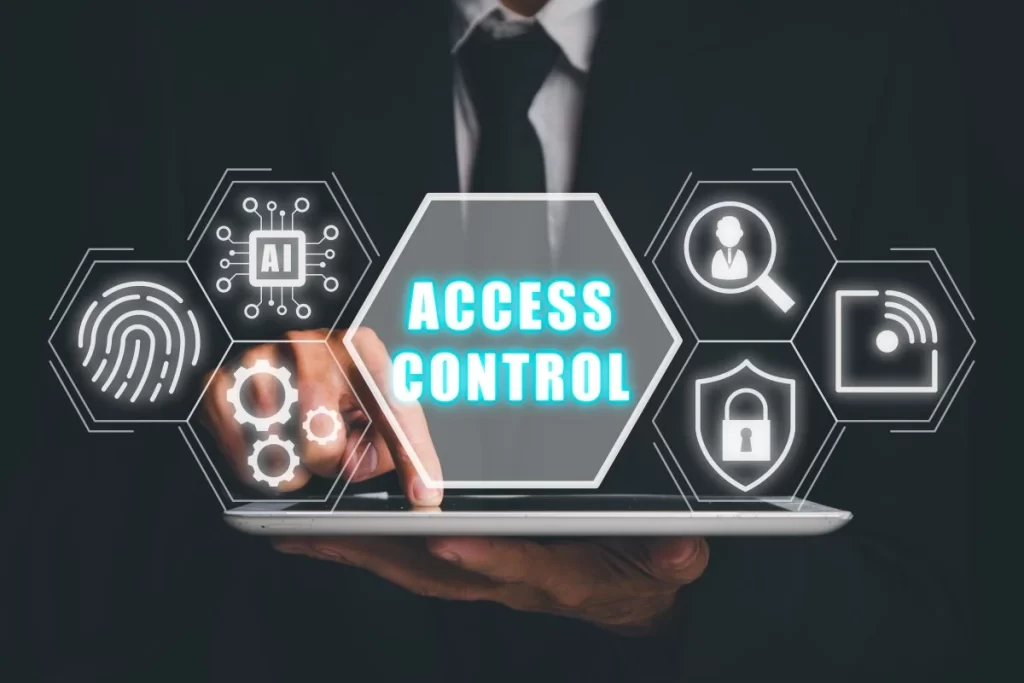Beyond Lock and Key – The Power of Modern Access Control
In the ever-evolving landscape of security, access control has transcended traditional notions of lock and key, emerging as a dynamic and powerful force in safeguarding physical and digital spaces. Modern access control systems go beyond the simplistic mechanical barriers of the past, embracing advanced technologies that redefine the way we manage and monitor access. The key to their potency lies in their adaptability, scalability, and integration capabilities. Unlike traditional locks, modern access control utilizes electronic credentials, such as smart cards, biometrics, or mobile devices, providing a multifaceted layer of authentication. This not only enhances security but also offers unparalleled convenience for users. The power of these systems extends beyond the physical realm, seamlessly integrating with digital networks to create a comprehensive security ecosystem. Cloud-based solutions enable remote monitoring and management, granting administrators real-time control over access permissions and security protocols.

One of the transformative aspects of modern access control is its ability to provide granular control over access privileges. Traditional lock and key mechanisms often operate on a binary system, either granting full access or denying it entirely. In contrast, contemporary access control systems enable administrators to fine-tune permissions based on roles, time, and location. This nuanced approach allows organizations to tailor access for different employees or visitors, reducing the risk of unauthorized entry and ensuring a more secure environment. Moreover, real-time updates and reporting features empower administrators with insights into access patterns, enabling swift responses to any suspicious activity. The integration of biometric authentication into access control exemplifies the cutting-edge capabilities of these systems and view the page https://southtexasss.com/access-control/. Fingerprints, retina scans, or facial recognition not only enhance security but also eliminate the need for physical credentials that can be lost or stolen. This not only streamlines the authentication process but also adds a layer of personalization and user-centric security. Additionally, the use of mobile devices as access credentials further exemplifies the adaptability of modern systems. Employees can seamlessly gain access using their smartphones, reducing the reliance on physical cards and minimizing the administrative overhead associated with issuing and managing credentials.
Beyond the physical realm, modern access control has become a linchpin in cybersecurity. With the increasing convergence of physical and digital security, access control systems play a pivotal role in safeguarding sensitive data and networks. Integration with identity management and cybersecurity protocols ensures a holistic approach to security, addressing both physical and digital threats. The ability to enforce access policies consistently across all facets of an organization enhances compliance with industry regulations and standards. In conclusion, the power of modern access control lies in its ability to transcend the limitations of traditional lock and key mechanisms. By embracing advanced technologies, providing granular control, and seamlessly integrating with both physical and digital domains, these systems redefine the paradigm of security. Beyond the mere act of granting or denying access, they empower organizations with a robust, adaptive, and comprehensive approach to safeguarding their assets and information in an increasingly complex and interconnected world.
